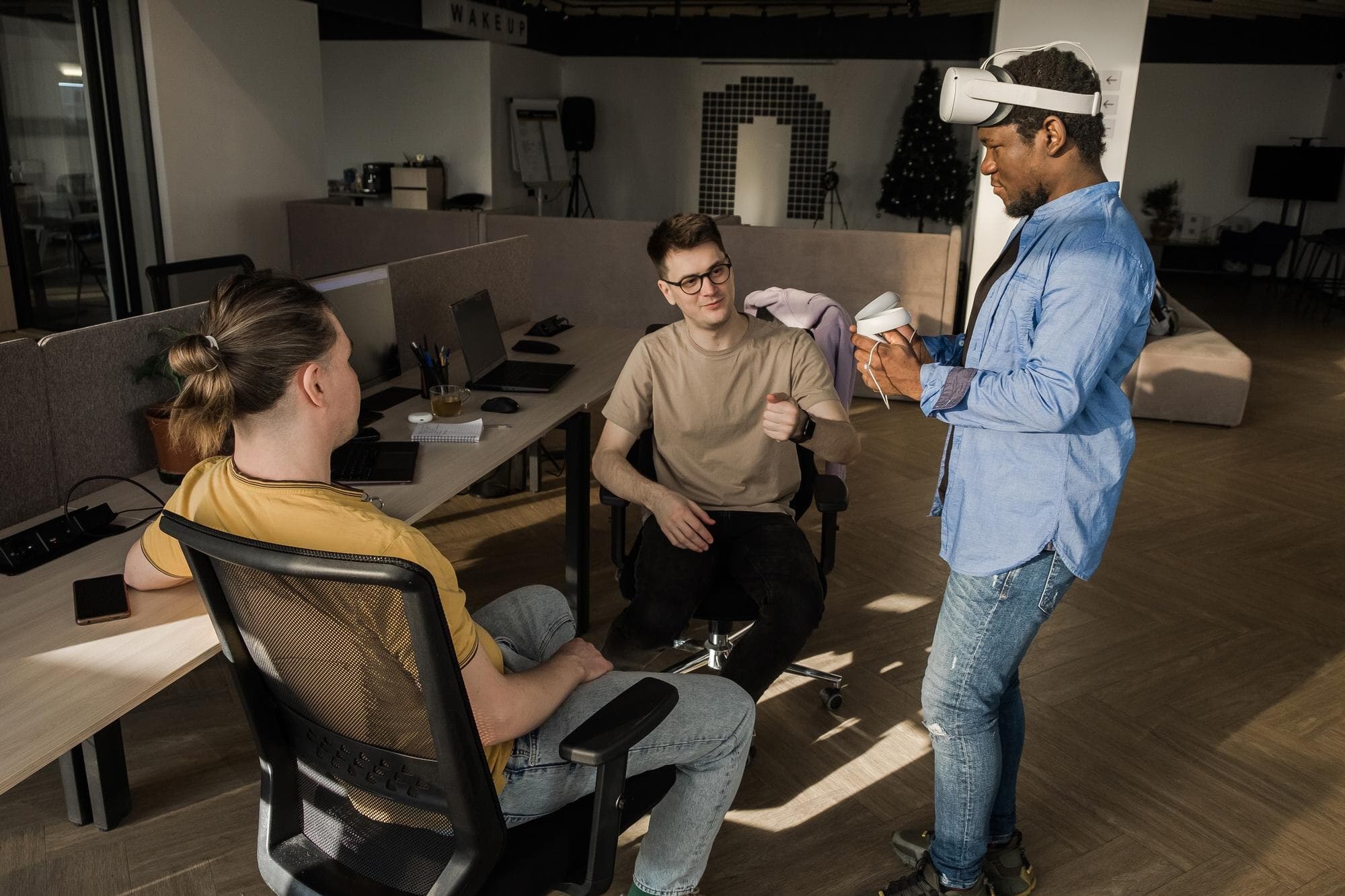Estimated reading time: 7 minutes
Key Takeaways
- Remote hiring is moving from experiment to default, unlocking larger talent pools and round-the-clock collaboration.
- Skills-based recruiting and flexible presence drive better fit and stronger retention across distributed teams.
- State of Remote Work 2025 signals how digital-first operations are now a mainstream operating model.
- The right tools, clear norms, and intentional onboarding transform distance into a productivity advantage.
- Cost structures shift: office overhead shrinks while secure, cloud-first infrastructure becomes essential—and efficient.
Table of Contents
Work is transforming faster than at any other point in modern history. At the centre of that shift stands remote hiring. By 2025, workforce plans across nearly every sector will rely on dispersed staff. What began as an experiment now underpins how organisations attract, retain and guide talent across borders and time zones.
Hiring beyond office walls represents a fresh approach to recruitment and management. With the right structures in place, leaders can draw on skills that once felt out of reach. The result is a larger talent pool, better retention and a clear lift in team productivity. The State of Remote Work 2025 report makes the point plain, outlining how digital-first operations have shifted from fringe practice to everyday norm.
The Shift Towards Hiring at Distance
Remote hiring has overtaken traditional recruitment in many firms because it removes the postcode limit on talent. By casting a wider net, companies gain fresh viewpoints that sharpen problem-solving and creativity.
“Distributed teams are not a novelty; they are the default, powered by robust chat, video and project tools.”
Nearly 60 per cent of employers already rely on staff who seldom set foot in head office, and that figure keeps climbing. The pay-offs include richer skill diversity, new ideas and round-the-clock progress as colleagues in different regions pass projects across time zones like a relay baton. Staff shortages in one city no longer stall growth. A firm in Manchester can hire a developer in Nairobi, a designer in Tallinn and a marketer in Buenos Aires. That breadth of choice injects fresh thinking while trimming recruitment delays.
Workforce Plans for the Coming Year
Forward-looking companies are adopting methods that place ability and output above where someone sits. Skills-based hiring leads the list. Rather than lean on old markers such as university prestige, managers focus on proof a candidate can meet the brief.
Talent acquisition strategy is therefore crucial. Clear role scopes, structured interviews and skills tests ensure remote teams contain contributors who match long-term aims. Location matters only in how time zones align for meetings. Hybrid work sits beside full distance work, supporting flexible hours, deep work and in-person collaboration when tasks demand whiteboards and spontaneous chats. As 2025 approaches, firms blending skill-centred hiring with flexible presence consistently draw stronger candidates—and keep them.
Virtual Collaboration and Productivity
Collaboration tools are the glue for any dispersed unit. AI-powered dashboards allocate tasks, surface bottlenecks and issue reminders. Real-time chat platforms cut lag. Together, they replace the casual desk check-in of a physical office.
Practical habits matter, too. Teams that meet on video at set times, share action lists and agree deadlines avoid drift. Written norms clarify which channels suit quick questions versus deep feedback, while informal virtual coffee breaks foster human connection.
Clear communication protects alignment and morale. A design edit request that lands in the right thread, with precise context, spares hours of confusion. Over weeks and months those marginal gains compound into meaningful productivity gains.
Retention Through Flexibility
Remote work boosts retention because it supports balance. Surveys show nine in ten professionals rate flexibility as vital to job satisfaction. In a tight labour market, firms that respect this preference keep valuable contributors longer.
Successful policies include adjustable start times, compressed weeks and generous remote allowances for home office equipment. Training budgets for certifications and online courses signal commitment to growth, while transparent paths to promotion ensure distributed staff do not feel second-class compared to office-based peers.
Digital Onboarding
A smooth welcome sets the tone. New starters who grasp culture, tools and expectations early become productive faster and feel part of the team.
Virtual induction packs combine live video sessions, neatly organised manuals and a central knowledge base. Scheduled check-ins with a mentor during the first month address questions in real time, while buddy programmes ease the social side of remote life. Continuous access to resources keeps momentum high from day one.
Technology and Cost
Video conferencing, cloud drives, password managers and secure VPNs now sit in the same essential bracket as electricity. Reliable kit and software keep projects moving and protect data.
Remote infrastructure demands investment, yet office rent, utilities and relocation packages fall away. Companies can also hire in regions where the cost of living—and therefore salary benchmarks—is lower without sacrificing skill quality. Over several years, the savings often outstrip the setup spend.
Workplace Diversity
Hiring without borders naturally broadens the talent mix. A wider spread of cultures, languages and life experiences feeds richer discussion. Ideas bounce in unexpected directions, helping products serve varied markets.
To reap the benefit, organisations run bias-awareness workshops for recruiters, create structured interview scorecards and reach out through global networks that highlight under-represented groups. Diversity, once achieved, fosters further inclusion as new voices attract peers from similar backgrounds.
Emerging Trends
Looking beyond 2025, several currents stand out. Hybrid and remote models will keep expanding. Artificial intelligence will handle more routine coordination, freeing humans for strategy and creative work. Companies will measure output, not hours, prompting flatter structures and servant leadership styles suited to empowered specialists.
As tools mature, distance and office work will blend until location feels secondary. The winning organisations will value agility, clarity and human connection over legacy routines.
Closing Thoughts
By 2025, remote hiring will no longer be an edge case—it will be a central pillar of workforce design. The strategic advantages of this approach, including access to global talent, higher retention and leaner cost bases, position companies to thrive in an unpredictable economy. Employers that refine their remote practices now will step into the next decade ready for whatever comes.
FAQs
How can a company start shifting to skills-based remote hiring?
Define outcomes for each role, map the capabilities required to achieve them, and use structured interviews and practical work samples to evaluate candidates. Keep location constraints only for time-zone overlap where necessary.
What tools are essential for productive distributed teams?
A secure stack typically includes video conferencing, chat, project management with clear task ownership, cloud storage, password management and VPN. Add asynchronous documentation to reduce meeting load.
How do we keep culture strong without a shared office?
Codify values and rituals, schedule regular 1:1s and team retrospectives, and run informal touchpoints like virtual coffees. Celebrate wins publicly and document decisions so context travels across time zones.
Will remote work increase or reduce costs?
Expect higher investment in secure, reliable tools and stipends, offset by lower real estate and relocation costs. Many organisations find total cost of workforce decreases over a multi-year horizon.
How can we ensure fair progression for remote employees?
Publish transparent promotion criteria, use calibrated performance reviews tied to outcomes, and ensure equal access to high-visibility projects regardless of location.
What evidence supports the growth of remote work in 2025?
Industry analyses, including the State of Remote Work 2025 report, highlight mainstream adoption, talent access advantages and measurable productivity gains.







